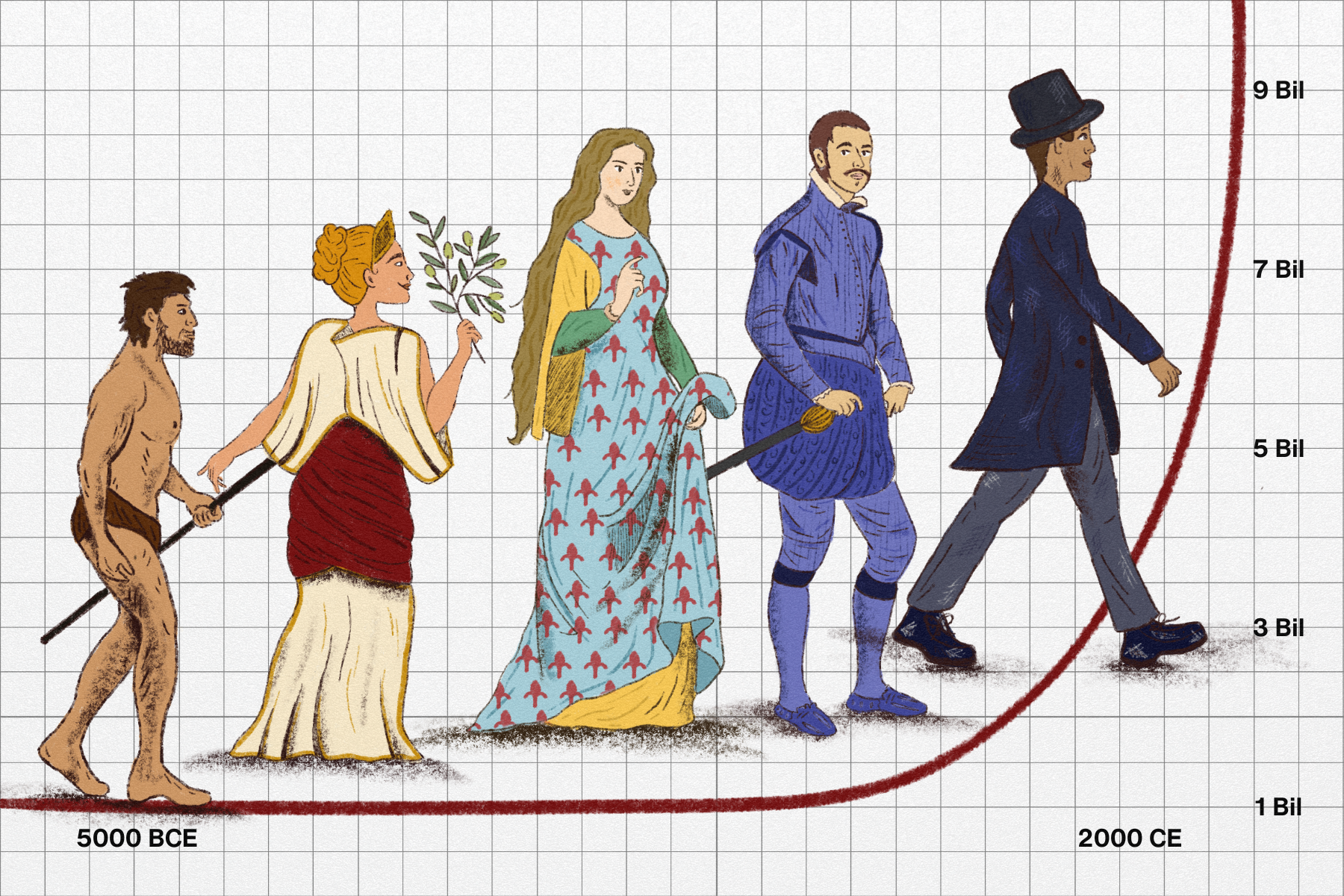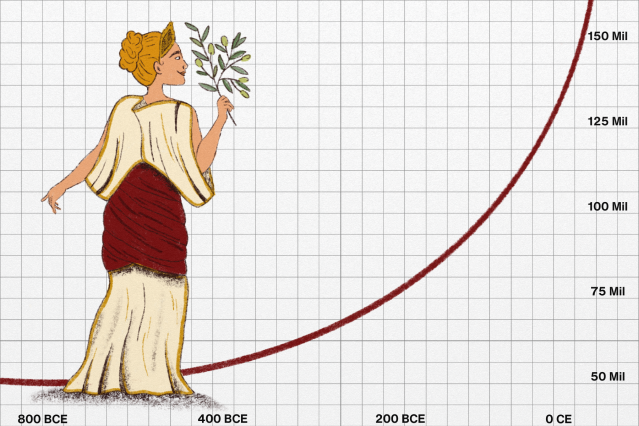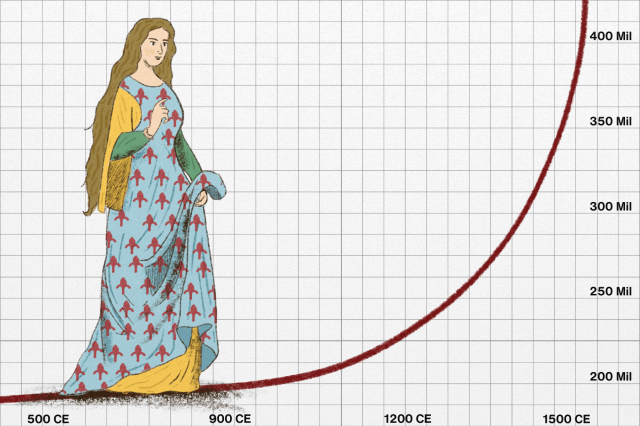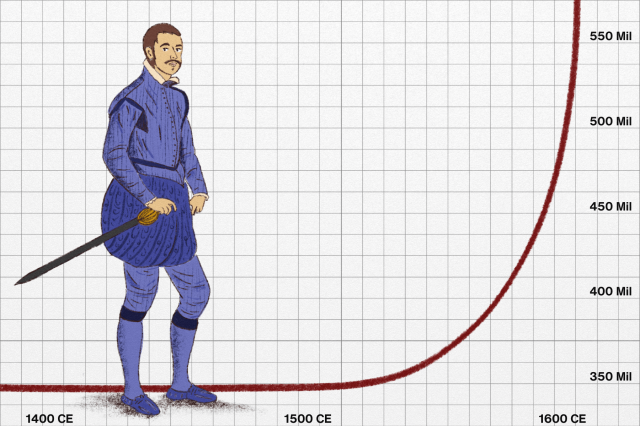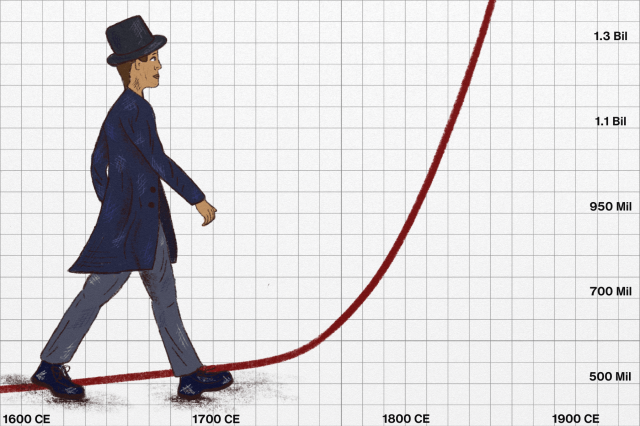What Was Earth’s Population Through History?
Today, it’s hard to imagine our entire planet populated by fewer people than we currently find in a single major city. And tens of thousands of years ago, it would have been shocking — and quite possibly terrifying — to imagine a world in which humans had built settlements as vast and crowded as those that exist today.
Population growth has, for the most part, been a long and steady process. But while it took most of human history for the population to reach 1 billion, it took only a little more than 200 additional years to hit 8 billion. Because of this rapid growth, the face of our planet and the influence that we’ve had on it have shifted massively in the last few centuries. Where it will all lead is an open question. But one thing is certain: People are currently living longer than ever before, and as things stand, the population will only continue to grow. Here’s a rundown of the world’s population throughout history, from prehistoric times to the present day.
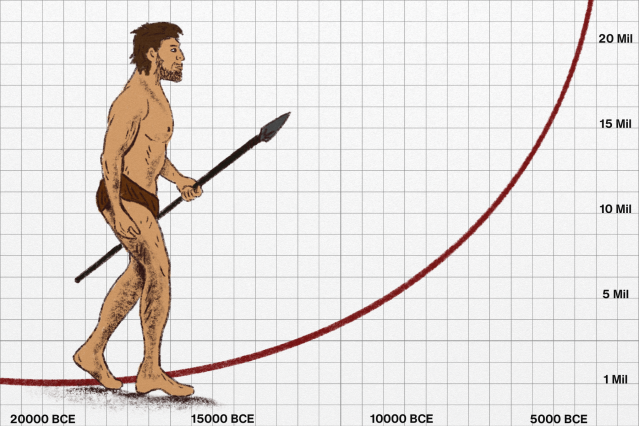
Prehistoric Times
Historians believe that around 55,000 early humans walked the Earth some 1.2 million years ago. By the end of the last ice age — about 20,000 years ago — the population had risen to about 1 million members of Homo sapiens. Over the next 15,000 years, as human societies improved, the population increased more rapidly. By 5000 BCE, the world population was at least 5 million, and some estimates go as high as 20 million. But even that higher number is still less than the present-day populations of cities such as São Paulo, Shanghai, and Tokyo.





